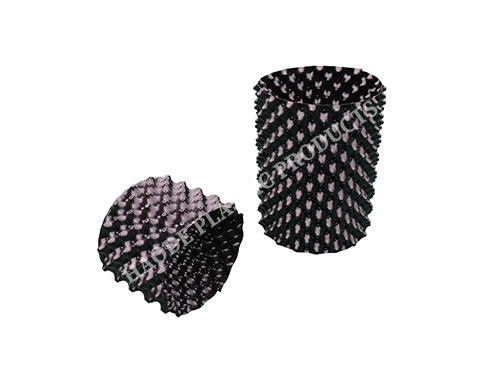How to Install and Maintain Root Controllers Correctly? Expert Advice
2024-06-20 17:41:18
As an important gardening tool, root controllers play a key role in plant cultivation. However, correct installation and maintenance are crucial for maximizing their effectiveness. This article will provide you with expert advice on how to install and maintain root controllers correctly to ensure the healthy and vigorous growth of your plants.

I. Steps to Install Root Controllers
Correct installation is the first step to ensuring the effectiveness of root controllers. The following are the basic steps for installing root controllers:
1. Choose the appropriate location: Select a location suitable for plant growth and ensure there is sufficient sunlight and space.
2. Choose the appropriate root controller: Select the appropriate size and material of the root controller based on your plant species and growth needs.
3. Fill the substrate: Fill an appropriate amount of planting substrate into the root controller, ensuring even distribution and not being overly compact.
4. Place the plant: Carefully place the plant seedlings or seeds in the root controller filled with substrate, ensuring the root system is fully covered.
5. Water regularly: After installation, water regularly according to the water requirement of the plants to ensure the soil remains appropriately moist.
II. Expert Advice on Maintaining Root Controllers
Correct maintenance can extend the service life of root controllers and ensure the healthy growth of plants. The following are the expert advice on maintaining root controllers:
1. Regularly inspect the root system: Regularly inspect the growth of the plant's root system to ensure the roots are not entangled. If necessary, prune overly long or diseased roots in time.
2. Clean the root controller: Regularly clean the root controller to avoid the clogging of air holes by soil and residues, which may affect root ventilation.
3. Regularly replace the substrate: Regularly replace the planting substrate to maintain its fertility and permeability. Choose fresh substrate to avoid the roots being in an aged or nutrient-deficient environment for a long time.
4. Pay attention to watering skills: Avoid excessive watering or soaking the root controller to prevent root rot. Adjust the watering frequency and amount based on the water requirement of the plants and the environmental humidity.
5. Regularly clean the surrounding environment: Keep the surrounding environment of the root controller clean to avoid the accumulation of weeds and fallen leaves, which may affect the growth of the plants and root ventilation.
III. Conclusion
Correct installation and maintenance are crucial for the effectiveness of root controllers. By following the above expert advice, you can ensure that the root controllers play the maximum role and help your plants grow healthily and vigorously. If you still have questions about the installation and maintenance of root controllers, please feel free to contact us at any time. We will wholeheartedly provide you with help and support. Let's work together to create a green and healthy living environment!

The CNC Seed Braiding Machine is a high-precision, fully automated agricultural equipment s...

It adopts electrical integration and can be started by pressing the fully automatic button ...

The XP750 seeder has stable performance, excellent product quality, simple and convenient o...

It adopts electrical integration and can be started by pressing the fully automatic button ...



